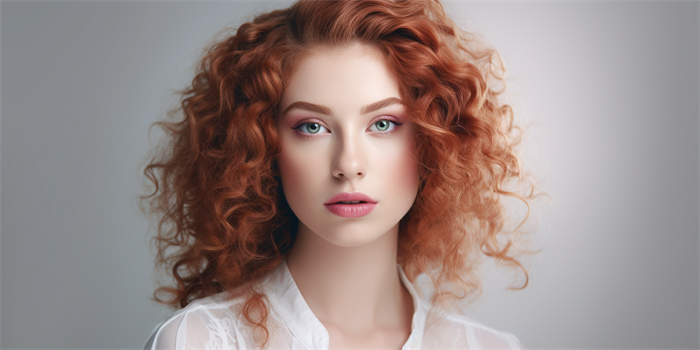Can I Eat Shrimp After Cheek Augmentation in Adelaide?
Cheek augmentation is a cosmetic procedure that enhances the contours of the cheeks through the use of implants or injectable fillers. This procedure is popular in Adelaide, where many individuals seek to improve their facial aesthetics. However, post-operative care is crucial to ensure the best outcomes and minimize complications. One common question among patients is whether they can consume shrimp or other seafood after cheek augmentation. This article delves into this topic, providing detailed guidance on dietary considerations post-cheek augmentation.

1. Importance of Diet Post-Cheek Augmentation
Immediately following cheek augmentation, it is essential to adhere to a specific diet to promote healing and prevent complications. The body undergoes a period of recovery, and certain foods can either aid or hinder this process. Foods that are high in nutrients, such as vitamins and minerals, are generally recommended. Conversely, foods that are difficult to digest or could potentially introduce bacteria should be avoided.
2. Risks Associated with Seafood Consumption
Seafood, including shrimp, can pose specific risks after cheek augmentation. Firstly, seafood is known to be a common allergen, and allergic reactions can be particularly problematic during the recovery period. An allergic reaction could lead to inflammation, swelling, and discomfort, which are conditions you want to avoid post-surgery. Additionally, seafood can be a source of bacteria if not handled and cooked properly, increasing the risk of infection. Infection is a serious concern after any surgical procedure, as it can lead to complications and prolong the healing process.
3. Timing of Seafood Consumption
The timing of when you can resume eating seafood after cheek augmentation is crucial. Typically, patients are advised to follow a soft diet for the first week or two post-surgery. This diet includes foods that are easy to chew and swallow, reducing the strain on the facial muscles and surgical site. It is generally recommended to avoid hard, crunchy, or spicy foods during this initial recovery phase. As for seafood, it is advisable to wait until the wounds are fully healed and the risk of infection has significantly decreased, which might be several weeks after the procedure.
4. Nutritional Considerations
While it is important to avoid seafood initially, it is also crucial to maintain a balanced diet that supports healing. Shrimp is a good source of protein, which is essential for tissue repair and regeneration. It also contains omega-3 fatty acids, which have anti-inflammatory properties. Therefore, once it is safe to consume seafood, shrimp can be a beneficial part of the diet. However, it should be ensured that the shrimp is fresh, properly cooked, and sourced from a reputable supplier to minimize the risk of bacterial contamination.
5. Consultation with Your Surgeon
Ultimately, the best course of action regarding dietary choices post-cheek augmentation is to consult with your surgeon. Each patient's recovery process is unique, and your surgeon can provide personalized advice based on your specific situation. They will consider factors such as the type of cheek augmentation performed, your overall health, and any potential allergies or dietary restrictions you may have. Following their guidance will help ensure a smooth and successful recovery.
FAQ
Q: How long should I wait to eat shrimp after cheek augmentation?
A: It is generally recommended to wait at least two to three weeks, or until your surgeon clears you to resume normal eating habits.
Q: Can I eat other types of seafood after cheek augmentation?
A: Yes, but similar precautions should be taken. Ensure the seafood is fresh, properly cooked, and avoid any that you are allergic to.
Q: What are the signs of infection after cheek augmentation?
A: Signs of infection can include increased redness, swelling, warmth, pain, or discharge at the surgical site, as well as fever.
Q: How can I ensure the shrimp I eat is safe?
A: Purchase shrimp from a reputable source, ensure it is fresh and properly cooked, and avoid any that you suspect might be contaminated.
By following these guidelines and consulting with your healthcare provider, you can safely incorporate shrimp and other seafood back into your diet after cheek augmentation in Adelaide.




